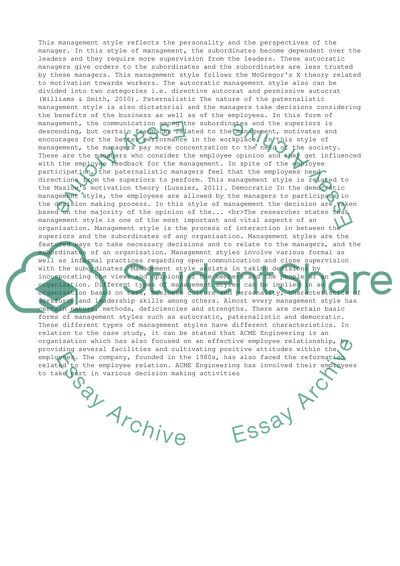Cite this document
(“Employee Relations Management Style adopted by ACME Engineering Essay”, n.d.)
Retrieved from https://studentshare.org/management/1394709-employee-relations-management-style-adopted-by-acme-engineering
Retrieved from https://studentshare.org/management/1394709-employee-relations-management-style-adopted-by-acme-engineering
(Employee Relations Management Style Adopted by ACME Engineering Essay)
https://studentshare.org/management/1394709-employee-relations-management-style-adopted-by-acme-engineering.
https://studentshare.org/management/1394709-employee-relations-management-style-adopted-by-acme-engineering.
“Employee Relations Management Style Adopted by ACME Engineering Essay”, n.d. https://studentshare.org/management/1394709-employee-relations-management-style-adopted-by-acme-engineering.


